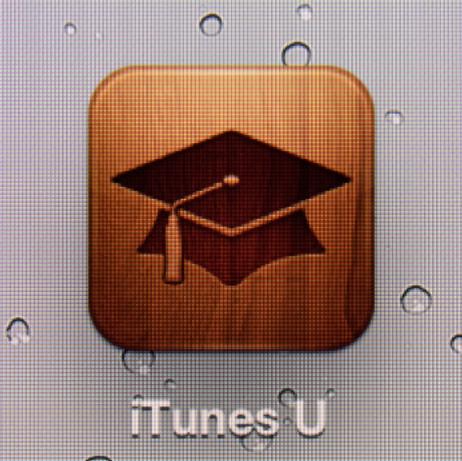Apps for the iPhone range from car locators to recipe helpers and every other tool in between. Now, iPhone apps are even making their way into public classrooms, allowing students, teachers, and parents more effective ways to keep in touch with one another. Instead of fighting cell phones in the Classroom, some school administrators are learning to make the most of technology to enhance the classroom experience.
An Academic Test Run
According to a recent report on TMCnet, one mobile phone provider is breaking through the ice and bringing the iPhone into the Classroom. MacroSolve, a provider of mobile phone apps, has recently announced that they will be creating a new phone app specifically designed to make the job of educators a little easier. Edison Preparatory School, a public school in Tulsa, Oklahoma, will test the app.
According to MacroSolve CEO and President Clint Parr, schools need to connect within their community. Communication lines between administrators, teachers, parents, and students must allow for real-time exchanges that keep everyone up on the latest happenings at individual schools and within the district.
This is where iPhone apps specifically designed for this purpose come into play. This technology will help the academic community communicate more efficiently, ensuring that information is exchanged at a rate that does not hinder the student's education or the communication between parents and school staff.
Benefits of iPhone Apps in the Classroom
There are plenty of opportunities that the iPhone apps might offer. Some of the functions of this technology might include:
- Updates on school schedules
- Current information about extracurricular activities and volunteer opportunities
- Ability to communicate in real-time with parents, teachers, and staff
- Possibility of students creating their projects to enhance their classroom experience
The providers of this service and school officials hope the iPhone apps will strengthen relationships and lines of communication between parents, students, and school staff. In addition, since students are using this type of technology more and more outside the Classroom, they can quickly adapt to the new tools, and some are even more willing to come to school because of them!
Edison principal Stacey Vernon is happy with the tool because it makes it easy for the school to broadcast essential announcements promptly.
Vernon told TMCnet that iPhone apps are much more cost-efficient than traditional forms of communication. He adds that tech-savvy students can participate in the creation and upkeep of content, providing a good experience that will take them far in a high-tech world.
Not Just for High School
According to a report in the Daily Nebraskan last year, students at the University of Nebraska-Lincoln also see the benefits of iPhone apps in the Classroom. One freshman at the school, Cale Hadan, received an iPod Touch for the semester when he signed up for the UNL Honors Program. Hadan told the paper that using the iPod Touch helped him perform spell-check on assignments and calculate various math formulas.
Another student, Brock Weeldreyer, uses an iPhone app to take class notes. Even professors admit that looking up math formulas and other information on the iPhone or iPod is much more efficient. Since more than 85,000 iPhone apps exist, students can usually customize their apps to their specific academic needs.
Traditional Communication Options
Before the advent of the InteInternetrents, teachers were restricted to phone calls and face-to-face conversations to stay abreast of current school happenings and student progress; other methods were also attempted, such as sending papers home with the student and alerting parents to the latest developments. However, the advent of the inteInternetail became the preferred communication method for many parents and teachers.
According to an article on Education World, email tends to be the most efficient and effective method of communication in schools today. However, email does not come without its share of drawbacks. Electronic etiquette must be monitored, as the written word can be misunderstood much more quickly than verbal messages. Some teachers are uncomfortable with email because it can magnify some of their writing deficiencies.
With many communication options to choose from today, iPhone apps may become one of the more popular. The ability to communicate quickly and effectively may bring parents, students, and school staff together as no other communication mode has ever done.
Questions? Contact us on Facebook. @publicschoolreview
#SchoolApps #MobileLearning #EdTech #SchoolCommunication #ParentEngagement











